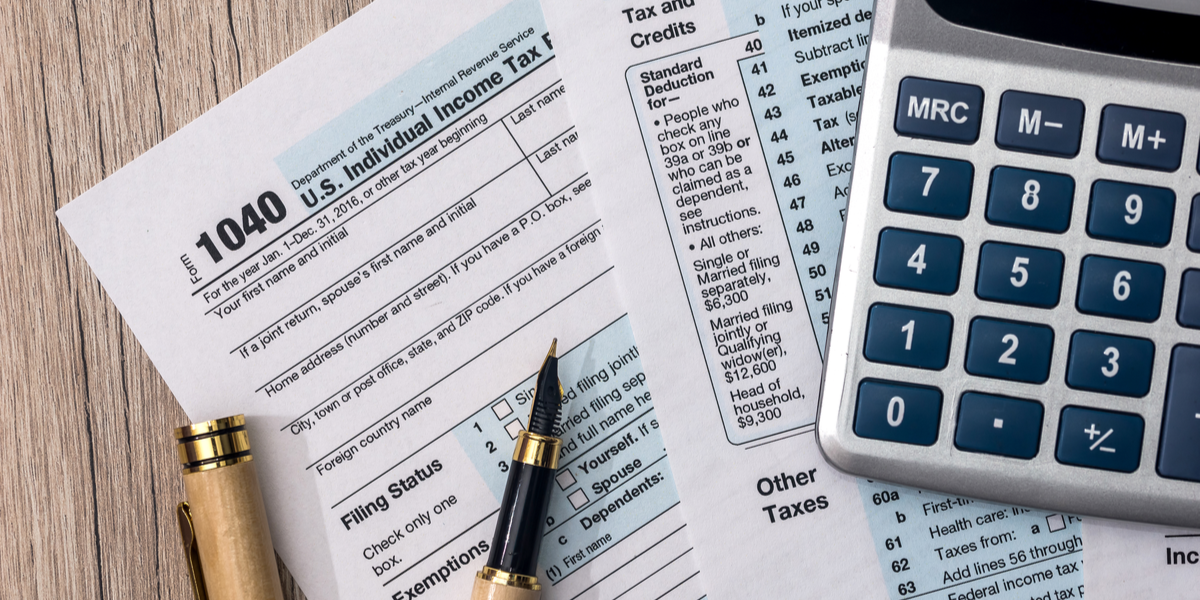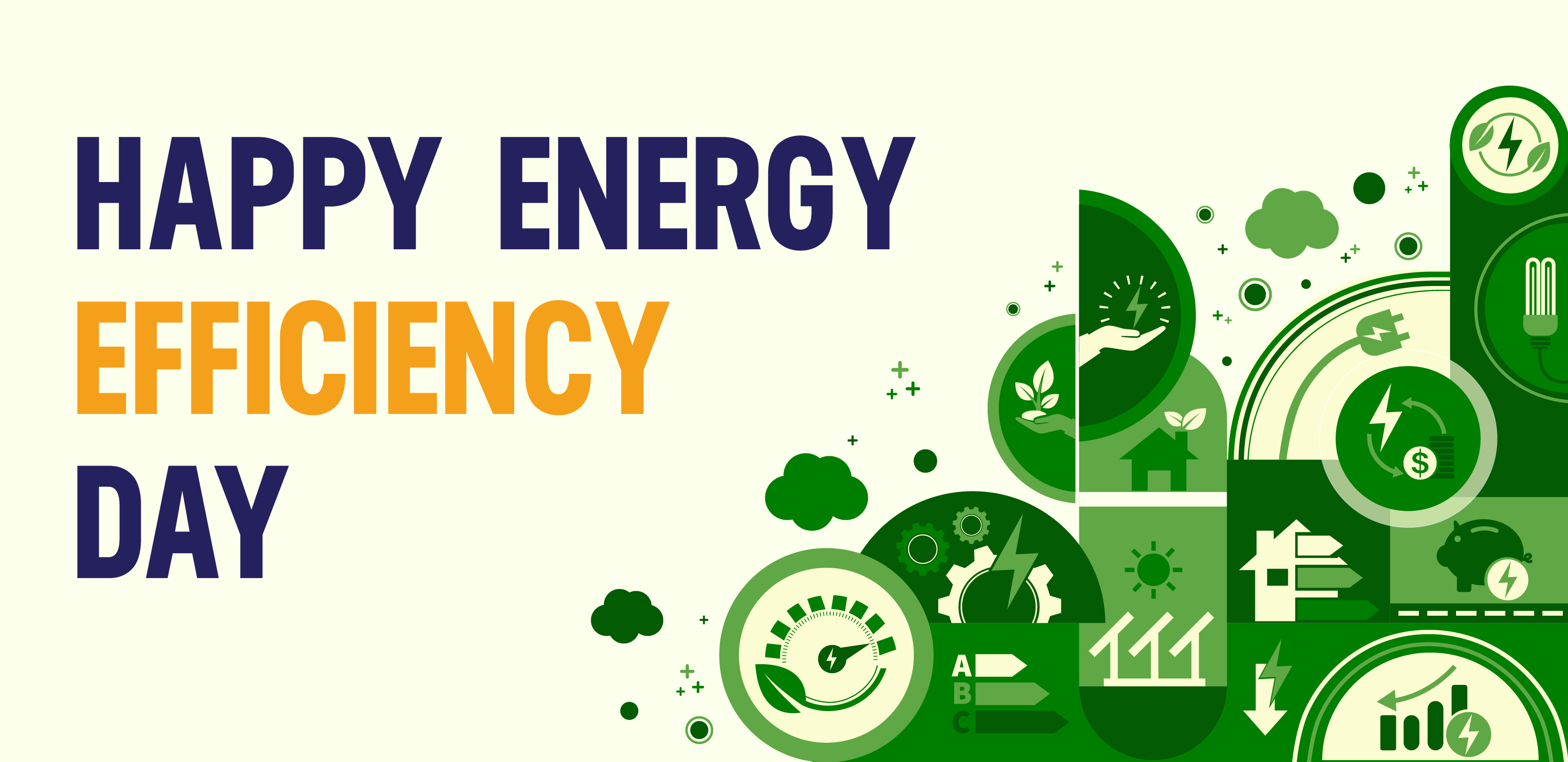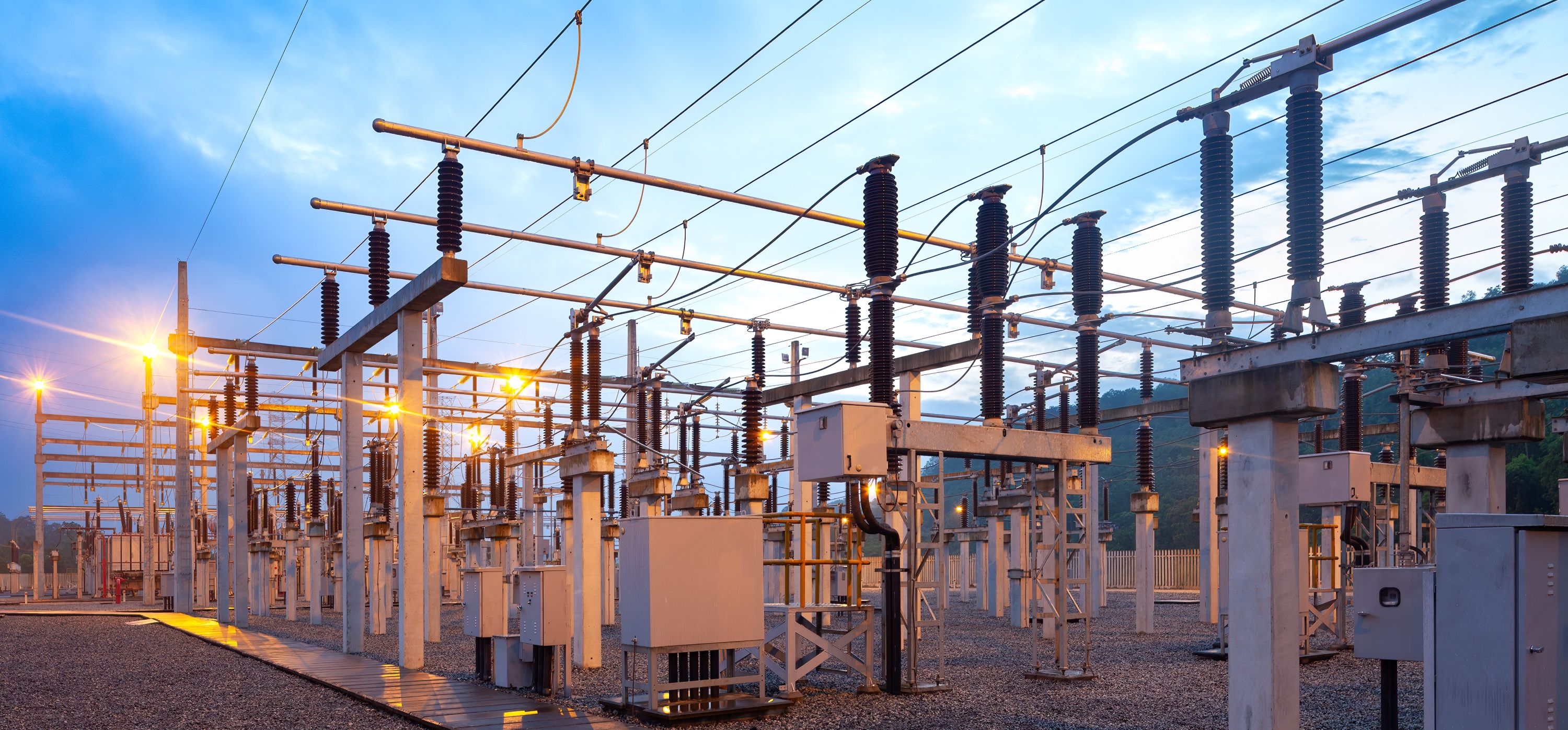Your Guide to Claiming Energy Efficiency on Your Taxes
Let's Save Energy
Alliance to Save Energy's Blog

Yep, it’s tax season again, and as you scramble through receipts and navigate ever-changing provisions and rules, we’re here to ensure you don’t miss a chance to save some money by claiming energy-efficient improvements to your home on your tax return.
That’s right – you can receive a tax credit of up to $500 for upgrades made to your home in 2021, such as installing insulation, replacing windows and doors, or upgrading to a more efficient heating or cooling system. While the credit has not yet been renewed for 2022 and the Alliance is advocating for a long overdue overhaul to increase its value for households, you shouldn’t miss out on money back under the current credit. Admittedly, the qualifications for the “Section 25C nonbusiness energy property credit” (Sec. 25C) are far from straightforward, so here’s our guide to break the process down.
Please note, we are EE experts, not tax experts! This blog is for informational purposes only, and should not be relied on for, tax, legal or accounting advice. We encourage you to consult your own tax, legal and accounting advisors to confirm the information provided below.
DO I QUALIFY?
You likely qualify for Sec. 25C if…
-
You made a qualified energy-efficient improvement in 2021. Qualified improvements include:
- Building envelope improvements, including ENERGY STAR-certified exterior windows, doors, and roof products or insulation designed to reduce heat loss or gain. Labor costs cannot be claimed for building envelope improvements.
- The purchase of an energy-efficient product such as a heat pump; a heat pump water heater; a high-efficiency air conditioner; a high-efficiency natural gas, propane, or oil furnace or hot water boiler; or an advanced main air circulating fan for your furnace. Labor costs associated with installing these items can be claimed. Learn more about efficiency requirements for qualifying items on the ENERGY STAR website.
- The upgrade was made to your existing primary residence – not a rental property, new construction, or a second home – and installation was completed in 2021.
- You have not claimed the credit on a prior tax return.
HOW DO I CLAIM THE CREDIT?
If you are using an online tax filing tool, the tool should ask you about any energy-saving home improvements you made in the past year. Just check “yes,” and enter information about the type of improvement made. Make sure to list all qualified improvements made to maximize the credit amount. Similarly, if you are using an accountant to complete your taxes, make sure they are aware of all upgrades you think could qualify.
If completing your 1040 by hand (props to you!), you will need to fill out Form 5695 for residential energy credits. Sec. 25C is part two of this form. Follow the instructions to calculate your credit amount.
WHAT WILL I GET?
In general, if you qualify, you will receive 10% back of the cost of the improvement, up to $500 for building envelope improvements or up to $300 back for the purchase of an energy-efficient product. For example, if you spent $1,500 adding insulation to your attic, you could receive $150 (10%) back; but spending $6,000 on a new heat pump for your home would receive a maximum of $300 back. However, there are a number of exceptions to this rule – check out the ENERGY STAR website to see credit limits for specific products.
It's also important to note that Sec. 25C is currently nonrefundable, meaning that if you otherwise qualified for a $500 credit, but your total tax liability was $200, you would receive $200 back – reducing your tax liability to zero but not prompting a $300 refund.
Do you think that investing in energy efficiency should be worth more? We agree – and while this shouldn’t discourage you from getting back all the money you deserve with the current credit, the Alliance is advocating for reforms to Sec. 25C to make it easier to qualify and to increase the incentive. Specifically, we’re calling on Congress to more than double the credit’s value to 30% up to $1,200 without limitation on the type of upgrade made and to include material and labor costs for all claims. We also believe it’s time to eliminate the lifetime cap and replace it with an annual cap, meaning you would be encouraged and rewarded for making energy efficiency improvements to your home year after year.
Making your home more energy-efficient can bring down your energy costs by hundreds of dollars per year, while also helping the planet by creating a lasting reduction to your carbon footprint. Tax incentives are a tool to motivate these upgrades on a large-scale – we hope this guide helped you learn more about whether you qualify for a credit and how these tax credits could be reformed to escalate their impact into the future.
STAY EMPOWERED
Help the Alliance advocate for policies to use energy more efficiently – supporting job creation, reduced emissions, and lower costs. Contact your member of Congress.
Energy efficiency is smart, nonpartisan, and practical. So are we. Our strength comes from an unparalleled group of Alliance Associates working collaboratively under the Alliance umbrella to pave the way for energy efficiency gains.
The power of efficiency is in your hands. Supporting the Alliance means supporting a vision for using energy more productively to achieve economic growth, a cleaner environment, and greater energy security, affordability, and reliability.



